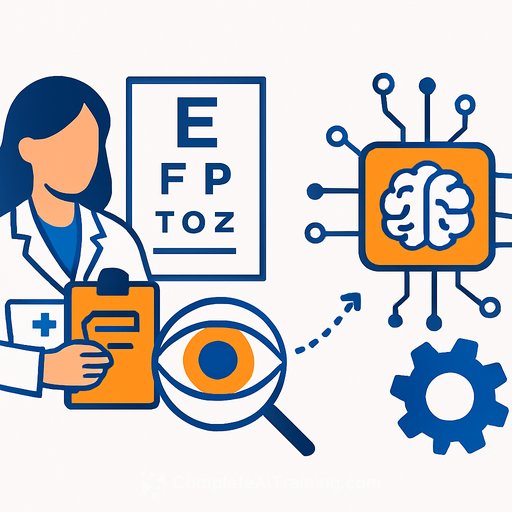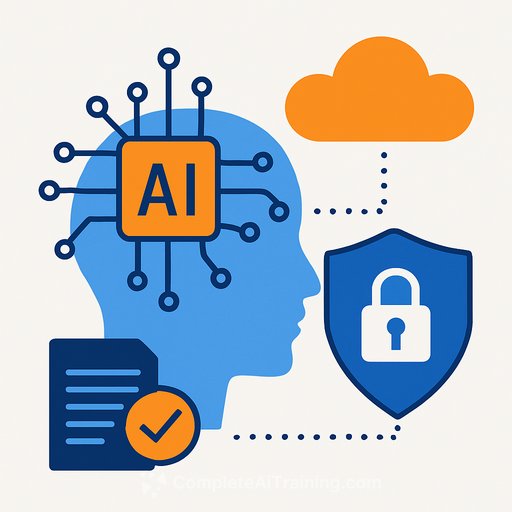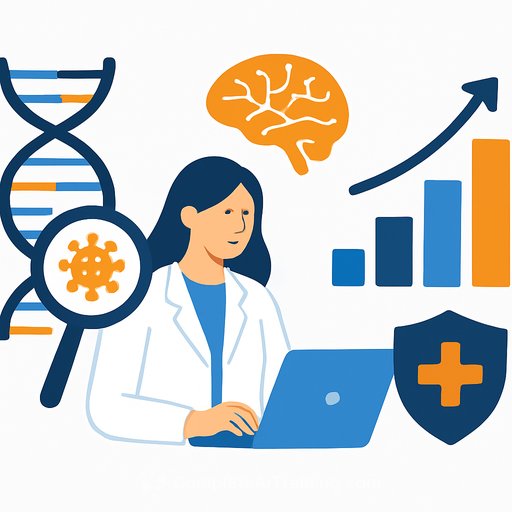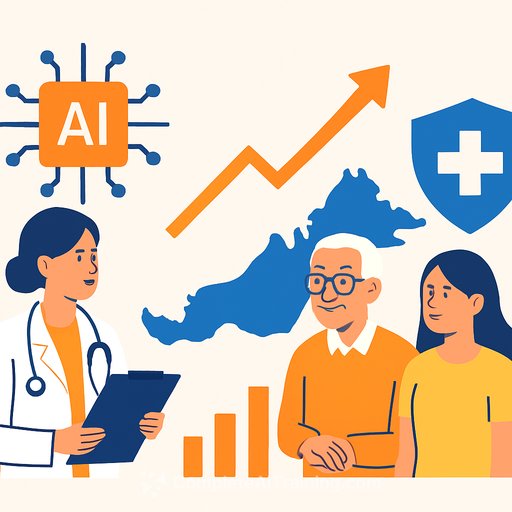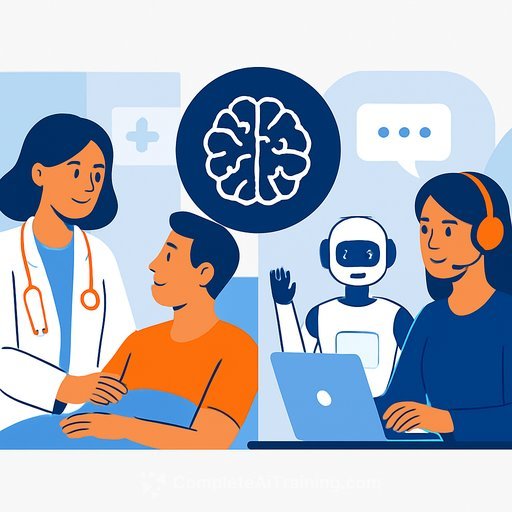AI in Ophthalmology: From CPT 92229 to Agentic Systems
Ophthalmology is out front on practical AI in healthcare. The reason is simple: a clear use case, strong evidence, and a CPT code that pays. Code 92229 for autonomous diabetic retinopathy exams turned AI from a demo into a service line.
At AAO 2025, leaders in the field laid out what works today and what's next. The through line: reimbursement, workflow, and safety dictate adoption - with "agentic" AI on the horizon.
Why CPT 92229 Changed the Game
Autonomous AI for diabetic retinal exams created a scalable front door in primary care, including federally qualified health centers. Patients in rural areas get timely decisions without a specialist on site. Those who need care get referred; those who don't avoid unnecessary visits.
Reimbursement is rising because the evidence is strong: better outcomes, lower costs, less clinician overload, and higher satisfaction. When value is clear, CMS follows.
- Focus: autonomous AI makes a final diagnosis and triggers referral without a physician in the loop.
- Result: predictable billing (92229), measurable throughput, and fewer missed cases.
Assistive vs. Autonomous: Know the Difference
Assistive AI supports clinician judgment. Autonomous AI makes the call. That distinction determines FDA pathways, liability, and operational design. Use cases drive regulation - not just the algorithm.
Agentic AI: From Tool to Teammate
The next wave is agentic AI - systems that take initiative. Think ongoing monitoring, pulling data, flagging issues, proposing plans, and tracking patient history with long-term context. It's a move from "ask and answer" to "observe and act."
Research progress is clear: conversational models working through differential diagnosis and image-grounded models that let clinicians ask, "What's that beside the optic disc?" and get a specific answer. The interface is moving closer to how clinicians actually think and work.
What's Getting Cleared - And What's Already Embedded
Since 2018, multiple ophthalmic AI tools have received FDA clearance, starting with autonomous diabetic retinopathy detection (now LumineticsCore). Accuracy in imaging keeps improving, and more of the eye exam can be automated.
Many tools sit inside devices as segmentation or assessment features and may not require clearance. Don't equate "no clearance" with "no AI" - much of it is already in your clinic stack.
Liability, Oversight, and Ethics
With autonomous systems, medical liability shifts toward the AI creator. That's a different ethical model than the traditional doctor-patient relationship, where the physician is the final decision-maker.
Expect state medical boards and health systems to tighten governance. Policies, audit trails, and incident reporting will be required - not optional.
Workforce Impact: Generalists, Subspecialists, and the "Tricorder" Future
Super-subspecialist tasks may be easier to automate than the broad pattern recognition of comprehensive ophthalmology. The future looks less siloed: a single clinician supported by smart tools can cover more ground in one visit.
The long-term goal resembles that handheld diagnostic device from science fiction - rapid, accurate, and comprehensive. We're not there yet, but directionally, that's where the field is heading.
Action Plan for Health System and Clinic Leaders
- Start with reimbursable AI: deploy autonomous diabetic retinopathy exams under CPT 92229 in primary care and FQHCs.
- Build the workflow: image capture standards, automatic grading, instant referral routing, and patient communication scripts.
- Instrument outcomes: track sensitivity/specificity in your population, PPV/NPV, referral conversion, no-shows, time to treatment, and vision outcomes.
- Code and compliance: configure EHR templates, link device outputs to documentation, and audit 92229 claims accuracy.
- Equity guardrails: monitor performance by demographics and device type; add human review for edge cases.
- Governance: define when AI can act autonomously vs. assistively, who signs off, how overrides work, and how incidents are logged.
- Training: upskill MAs, nurses, and PCPs on image quality, patient consent, and how to explain AI-supported decisions.
- Procurement due diligence: demand calibration plans, update cycles, bias testing, cybersecurity posture, and service-level commitments.
Preparing for Agentic AI
- Data plumbing: safe access to longitudinal EHR, imaging, and labs with clear audit logs.
- Event triggers: define events that let AI act (new image, vision complaint, medication change) and when to notify clinicians.
- Human-in-the-loop: require confirmations for high-risk actions and document rationale.
- Model lifecycle: version control, change notifications, and quick rollback if performance drifts.
What to Do Next (Next 90 Days)
- Pick two clinics to pilot autonomous diabetic retinal exams with clear metrics and referral pathways.
- Stand up an AI oversight group with clinical, legal, IT, and risk stakeholders.
- Create a one-page patient handout on AI use, accuracy, and privacy.
- Run a tabletop exercise on an AI-related adverse event to validate escalation and documentation.
Helpful Resources
- FDA announcement: first autonomous AI for diabetic retinopathy
- AAO: CPT 92229 for autonomous AI retinal imaging
Upskilling Your Team
If you're building AI-enabled workflows and want practical training paths per role, explore our catalog for clinicians, operations, and IT.
Your membership also unlocks:

